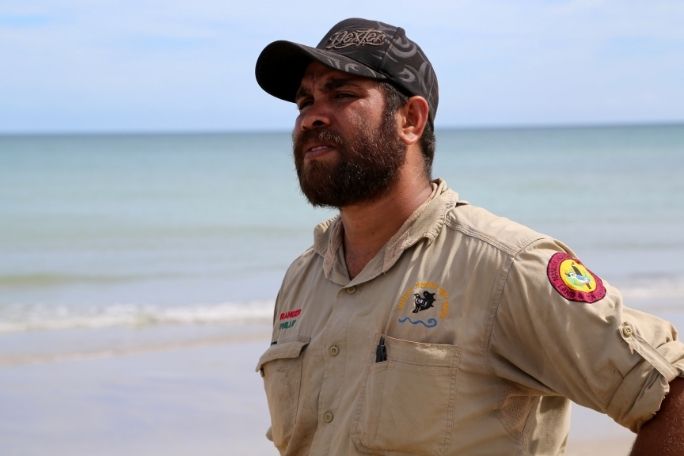Lesson summary
This lesson incorporates clips from Blue The Film as learning inspiration. In this lesson, students will examine news media texts that highlight issues related to coral bleaching and the Great Barrier Reef in certain ways to position audiences. They will enhance their understanding of how media texts use language, visual and structural features to represent issues. With a specific focus on news media texts, students will use thinking and analytical tools to deconstruct and evaluate perspectives represented and analyse how language and visual features influences audiences.
Learning intentions:
Students will...
- understand how combinations of language and visual features of news media texts shape meaning and position audiences
- understand and explain how news media texts use written and visual language to influence perspectives
- develop the skills required to compare and understand how different media texts represent issues to elicit responses from audiences.
Success criteria:
Students can...
- analyse and evaluate visual and language features used to shape meaning and communicate perspectives
- Students can explain how news media texts use language to represent an issue, using examples from two news media texts
- Students can compare and contrast how written and video news media texts use different communication features to represent the same issue.
Lesson guides and printables
Lesson details
Curriculum mapping
Australian curriculum content descriptions:
Year 10 English:
- Analyse and evaluate how people, cultures, places, events, objects and concepts are represented in texts, including media texts, through language, structural and/or visual choices (ACELY1749).
- Evaluate the impact on audiences of different choices in the representation of still and moving images (ACELA1572).
- Compare the purposes, text structures and language features of traditional and contemporary texts in different media (ACELA1566).
Syllabus outcomes: EN5-1A, EN5-6C, EN5-8D
General capabilities: Literacy, Critical and Creative Thinking
Cross-curriculum priority: Sustainability
Relevant parts of Year 10 English achievement standards: Students evaluate how text structures can be used in innovative ways by different authors. They explain how the choice of language features, images and vocabulary contributes to the development of individual style. Students listen for ways features within texts can be manipulated to achieve particular effects.They explain different viewpoints, attitudes and perspectives through the development of cohesive and logical arguments.
Unit of work: Blue The Film – English – Year 9&10
Time required: 120 mins.
Level of teacher scaffolding: High – facilitate class discussion and assess student work.
Resources required
- Student Worksheet – one per student
- Device capable of presenting a website to the class
- Coral Reefs Factsheet (optional)
- Rhetorical Devices Factsheet (optional)
- Persuasive Language Factsheet (optional)
- News article – Coral crisis: the Great Barrier Reef needs us to speak up – Peter Hannam – 23/3/2017 (one per student; found online here or through your school library)
Skills
This lesson is designed to build students’ competencies in the following skills:
- Communication
- Critical thinking
- Global citizenship
- Social skills
Additional info
Blue is a feature documentary film charting the drastic decline in the health of our oceans. With more than half of all marine life lost and the expansion of the industrialization of the seas, the film sets out the challenges we are facing and the opportunities for positive change. Blue changes the way we think about our liquid world and inspires the audience to action. Find out how to screen or download the film here. Along with the film is an ambitious global campaign to create advocacy and behaviour change through the #oceanguardian movement. To become an ocean guardian, see the website.


Welcome back!
Don't have an account yet?
Log in with:
By signing up to Cool.org you consent and agree to Cool's privacy policy to
store, manage and process your personal information. To read more, please see
our privacy policy here(Opens in new tab).
Create your free Cool.org account.
Many of our resources are free, with an option to upgrade to Cool+ for premium content.
Already have an account?
Sign up with:
By signing up to Cool.org you consent and agree to Cool's privacy policy to
store, manage and process your personal information. To read more, please see
our privacy policy here(Opens in new tab).